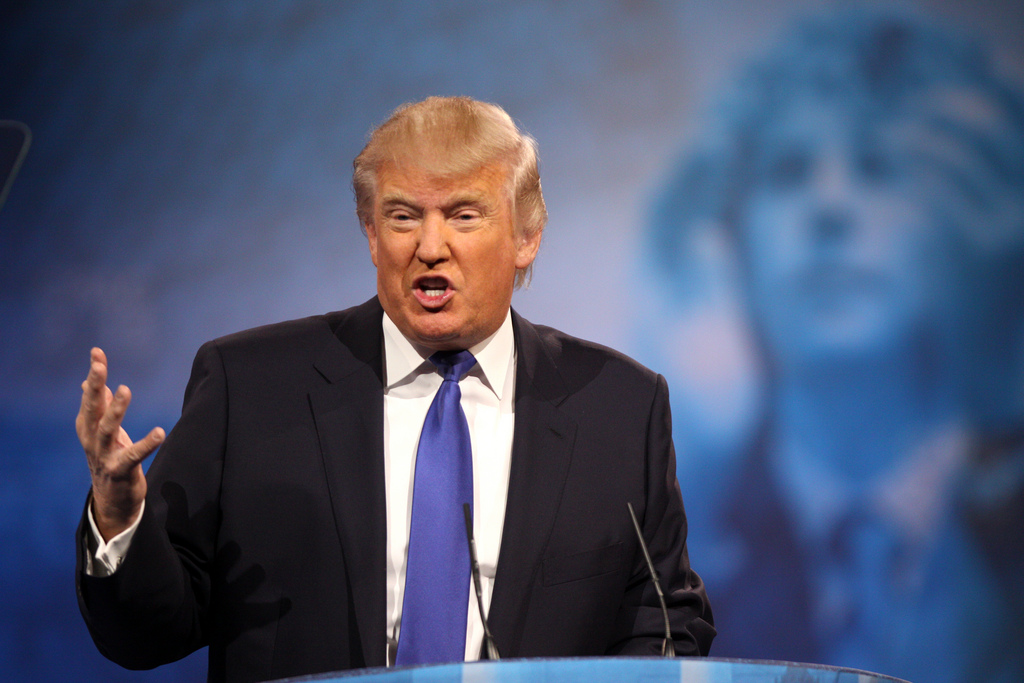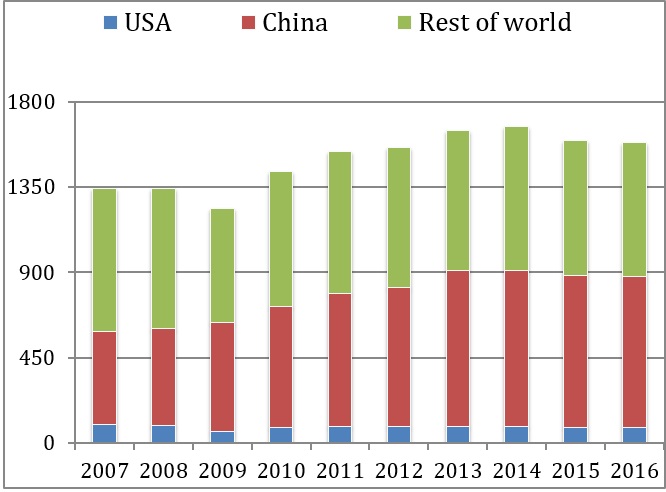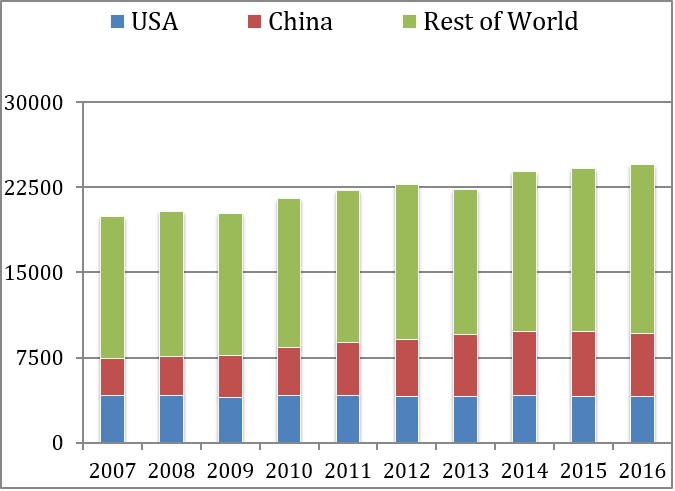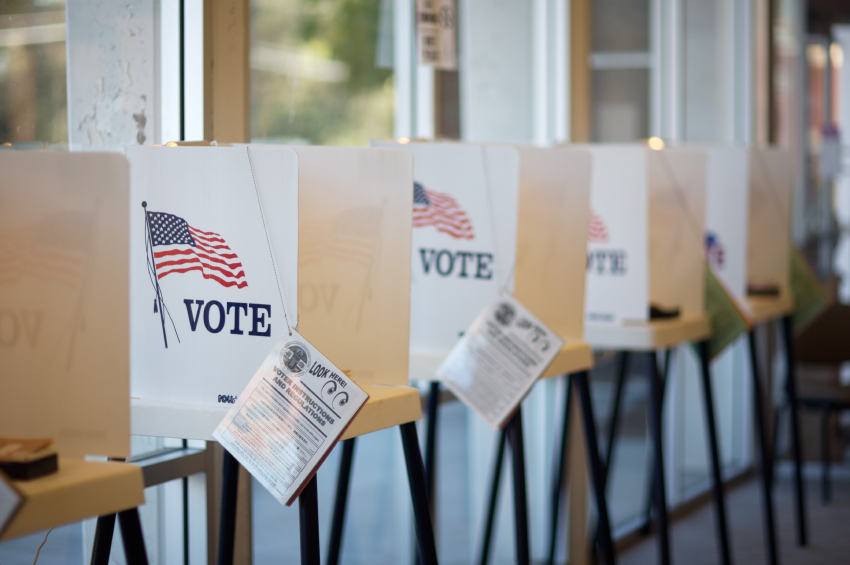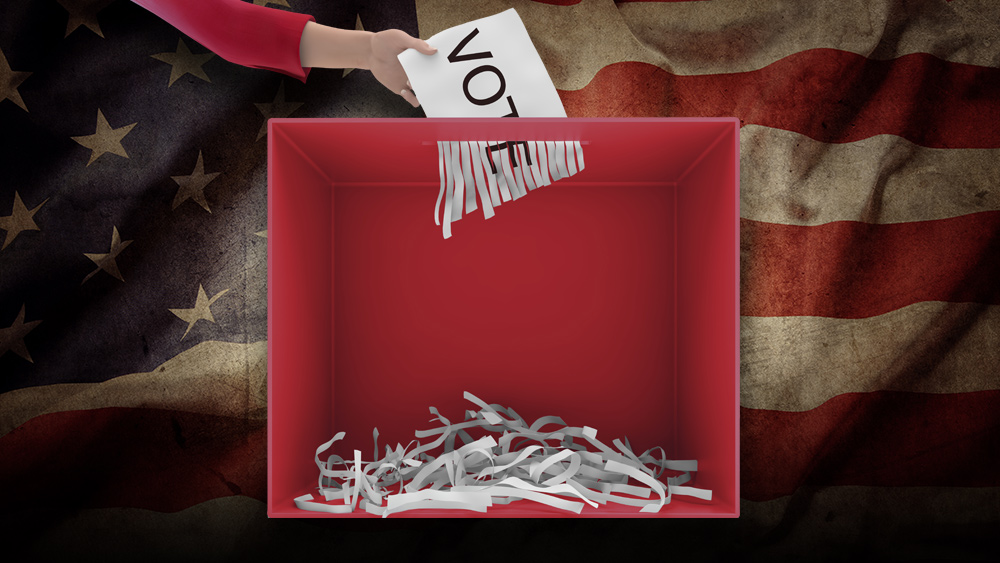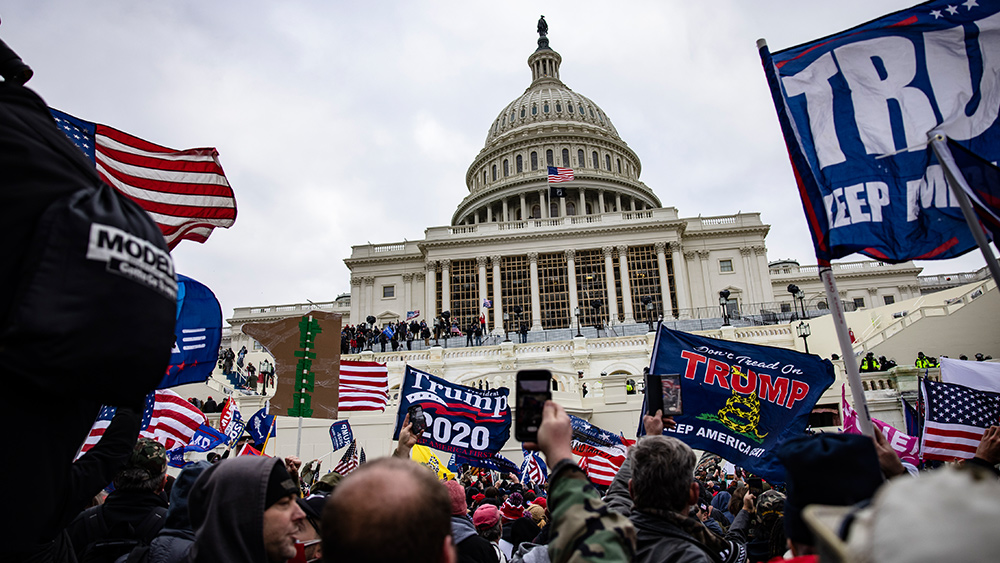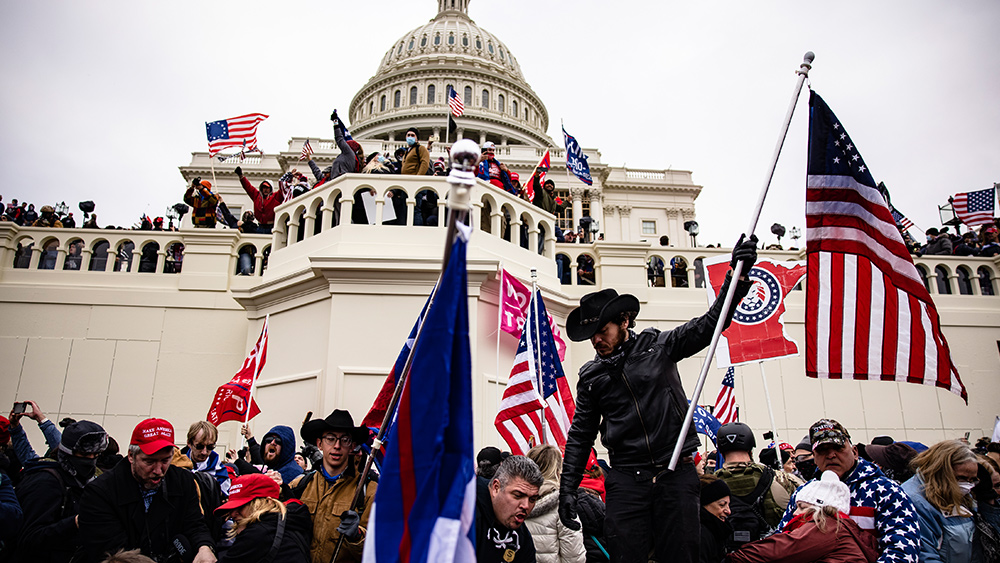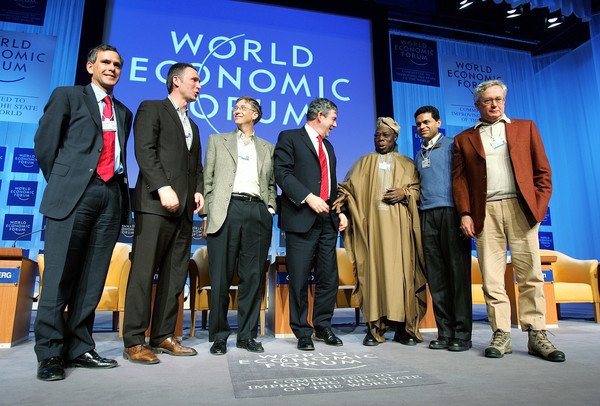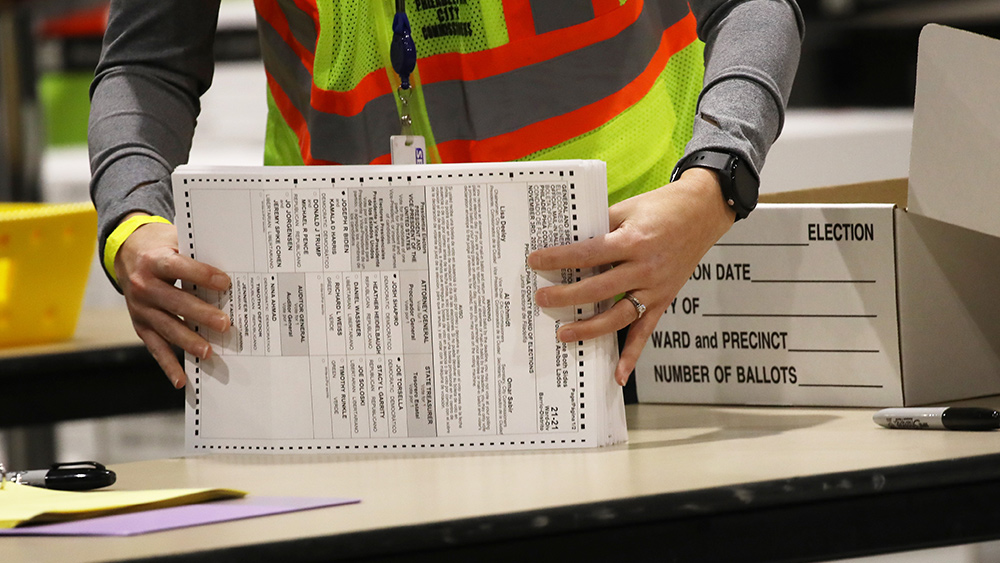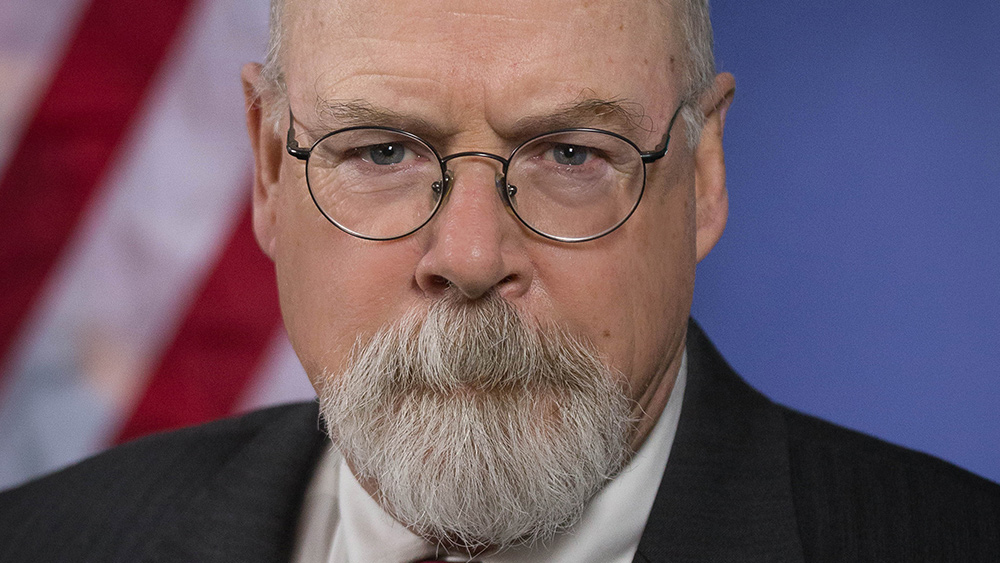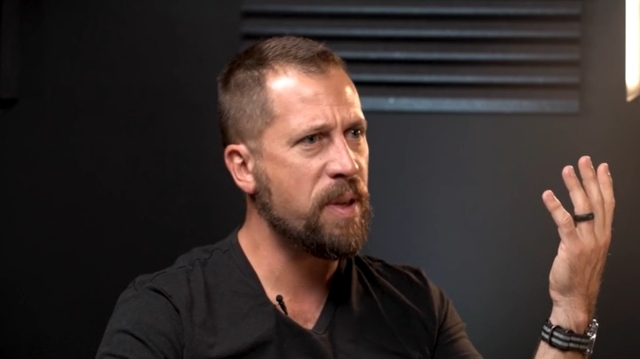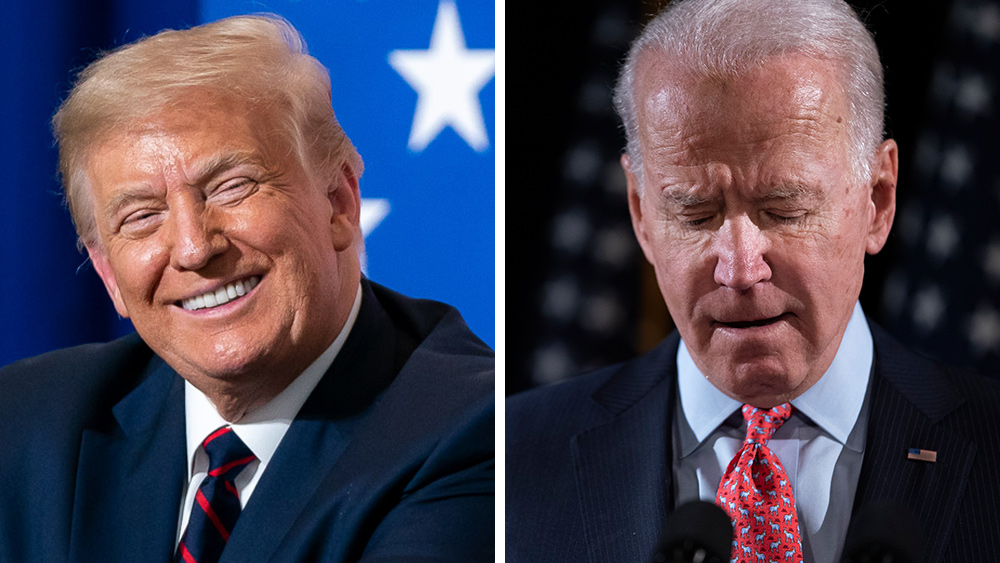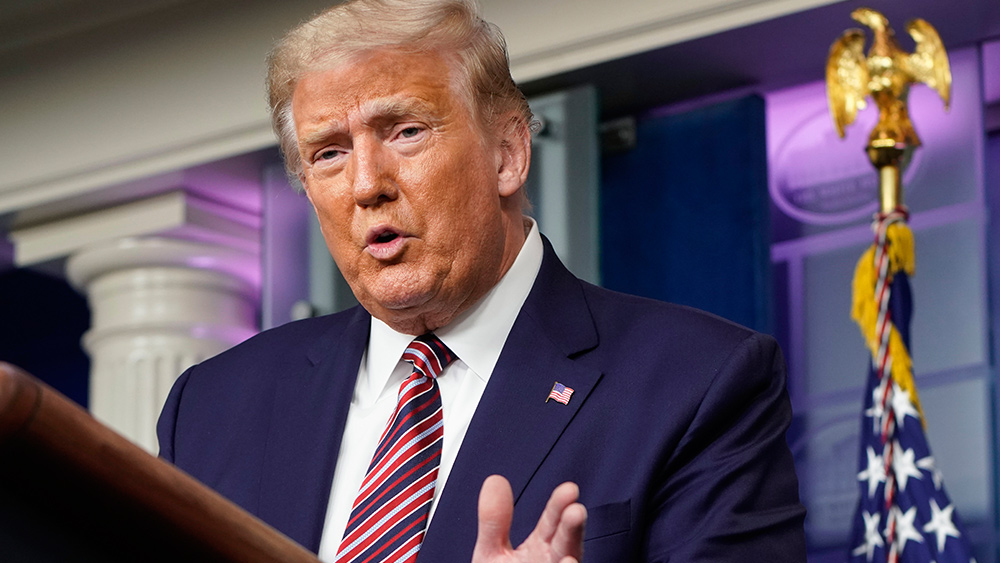Note: Adjusted gas price takes into account the relative fuel efficiency of gas vs coal stations.
President Trump claims he will ease environmental restrictions on coal by appointing sympathetic administrators to the EPA. At the same time he would also lift restrictions on natural gas exploration and production. For coal is a problem. It would lead to even more price competition by lowering natural gas production and development costs thereby making gas even more competitive as a boiler fuel.
It’s probably safe to assume that Mr. Trump takes a dim view of carbon limits such as those recently agreed to by world leaders in Paris. But prospective power plant builders also have to consider that whoever occupies the Oval Office post-Trump may entertain more conventional views on global warming and climate change. Thus it is unlikely we will see a rush to construct coal fired power plants with an expected forty or sixty year life.
President Trump, however, could also attempt to slow the advance of renewables. At the federal level, reducing or eliminating relatively attractive tax credits is an obvious first step. While this might slow the decline of coal sales, it would not protect the coal industry from innovative, low cost competitors (both natural gas and renewables).
At the end of the day, natural gas is cheaper than coal. It also emits roughly half as much CO2 as coal per kwh when burned to produce electricity. In a nutshell, that’s a large part of why utility CO2 emissions are declining.
Much attention has been focused on states that produce coal. It may also help to ask, what areas of our country depend most heavily on coal? Answer: rural ones. Coal is the way rural America produces its electricity. The contractual relationship between the rural co-ops and generation-owning G&Ts (almost exclusively coal fired) is likely to come under scrutiny. This is a stealth issue for Supreme Court watchers.
On the economic battlefield, coal is losing and natural gas is winning. Mr. Trump, should he win in November, could certainly help the coal industry. He could work to level the environmental playing field thereby slowing the rate of coal’s decline. But there’s not much any U.S. President can do about trends in worldwide steel production or the American public’s desire to consume energy more efficiently, as demonstrated in flat electricity sales. Maybe he really has a plan. We just don’t see it.

